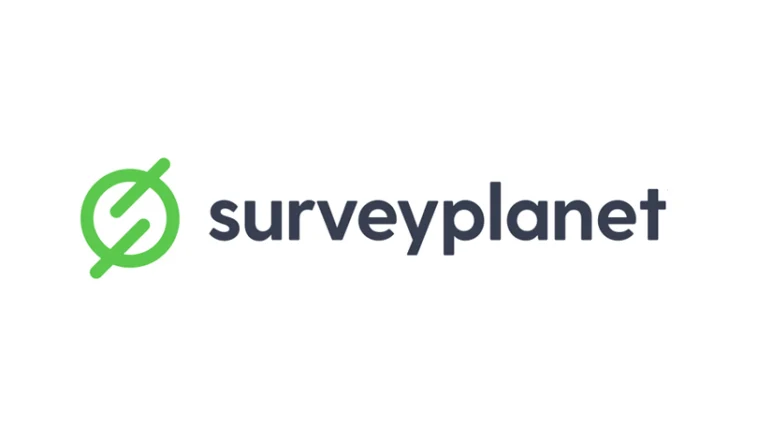
The Power of Unity: A Comprehensive Look at Blockchain Interoperability
Introduction:
Blockchain technology has rapidly evolved in recent years, revolutionizing various industries with its decentralized and transparent nature. However, one of the challenges hindering its widespread adoption is the lack of interoperability among different blockchain networks. In this article, we will delve into the significance of blockchain interoperability, exploring its importance, current challenges, and the potential solutions that can unlock the true power of unity in the blockchain space.
I. Understanding Blockchain Interoperability:
A. Definition and Importance:
Blockchain interoperability refers to the seamless communication and interaction between different blockchain networks. While numerous blockchains exist independently, their isolation limits their collective potential. Interoperability is crucial for achieving a unified and connected blockchain ecosystem, enabling the transfer of assets, data, and information across different platforms.
B. The Current Landscape:
Isolated Blockchains:
Most blockchain networks, such as Bitcoin and Ethereum, operate in isolation, with limited communication between them. This isolation poses challenges for users and developers looking to leverage multiple blockchains for diverse applications.
Siloed Ecosystems:
The lack of interoperability has led to the creation of siloed ecosystems, where each blockchain functions independently. This fragmentation inhibits the seamless flow of information and assets, preventing the realization of blockchain’s full potential.
II. Challenges in Achieving Interoperability:
A. Technical Hurdles:
Consensus Mechanisms:
Different blockchains employ various consensus mechanisms, making it challenging to establish a standardized protocol for interoperability.
Smart Contract Standards:
Divergent smart contract standards across blockchains hinder the execution of decentralized applications (DApps) on multiple platforms.
B. Regulatory Concerns:
Legal and Regulatory Frameworks:
Varied regulatory frameworks add complexity to achieving interoperability, as compliance requirements may differ across jurisdictions.
Privacy and Security:
Maintaining privacy and security standards while facilitating interoperability is a delicate balance, requiring robust solutions to address potential vulnerabilities.
III. Solutions and Approaches:
A. Cross-Chain Communication Protocols:
Atomic Swaps:
Atomic swaps enable the exchange of assets across different blockchains without the need for intermediaries, fostering trustless transactions.
Sidechains and Bridges:
Implementing sidechains and bridges allows assets to move between blockchains, offering a scalable solution for interoperability.
B. Standardization Efforts:
Interledger Protocol (ILP):
ILP aims to establish a standardized protocol for value transfer between different ledgers, promoting a more interconnected blockchain ecosystem.
Token Standards:
Developing common token standards enhances interoperability by ensuring compatibility and seamless transfer of assets across diverse blockchains.
IV. Real-world Applications and Impact:
A. Decentralized Finance (DeFi):
Blockchain interoperability can unlock the full potential of DeFi by allowing users to access and utilize financial services seamlessly across different platforms.
B. Supply Chain Management:
Interoperability facilitates transparent and efficient supply chain management by enabling the seamless tracking and transfer of goods and information.
V. Future Outlook:
A. Collaborative Initiatives:
The future of blockchain interoperability lies in collaborative initiatives among industry players, fostering a collective effort to address challenges and establish standardized solutions.
B. Technological Advancements:
Continued technological advancements, such as the development of cross-chain communication protocols and interoperable frameworks, will play a pivotal role in shaping the future of blockchain interoperability.
Conclusion:
Blockchain interoperability is the key to unlocking the full potential of decentralized technologies. As the industry continues to mature, collaborative efforts, technological innovations, and standardization initiatives will pave the way for a more connected and interoperable blockchain ecosystem. Embracing the power of unity in the blockchain space will undoubtedly lead to a more inclusive, efficient, and transformative era for the entire decentralized landscape.







